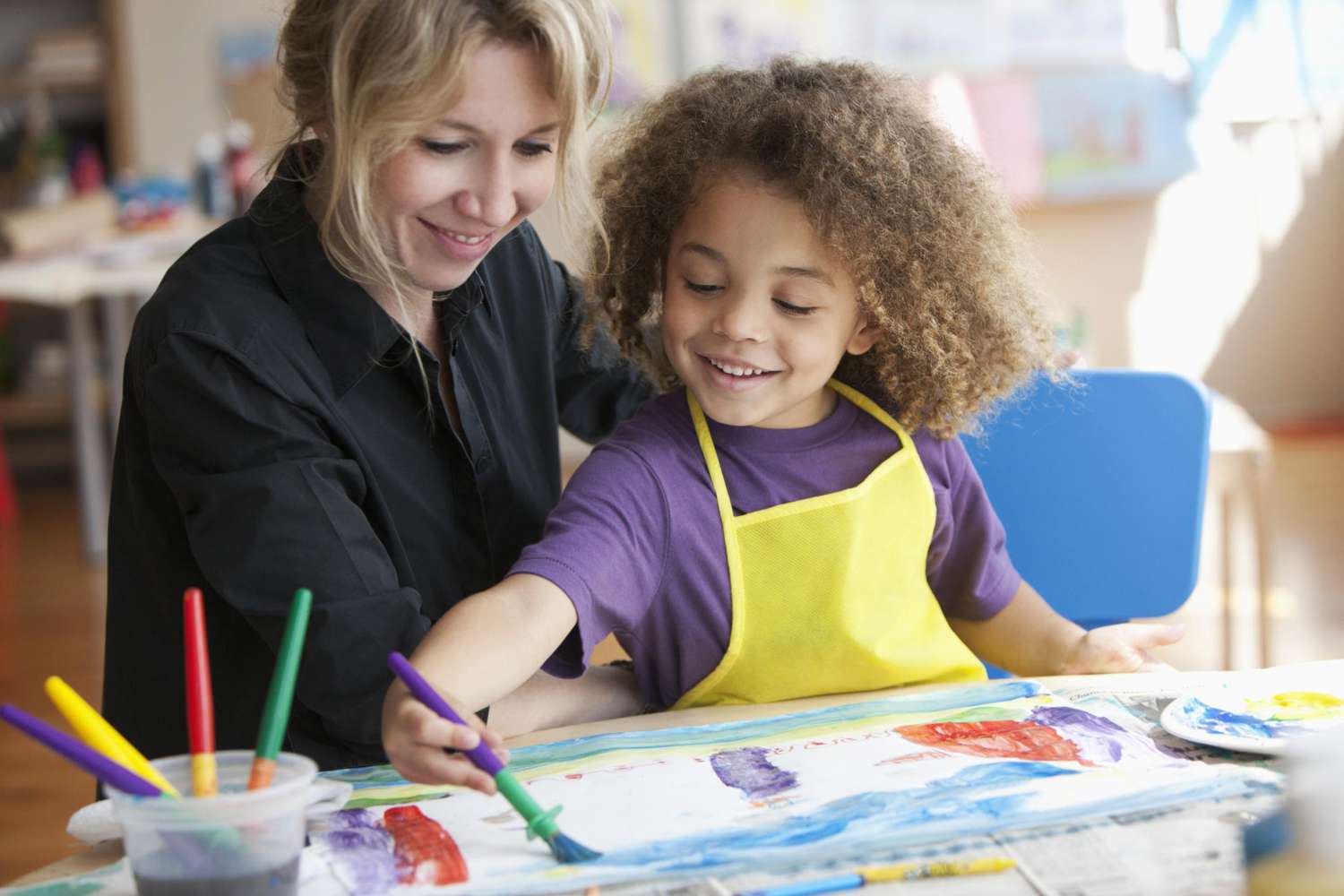Art therapy is a powerful and holistic approach to mental health treatment that utilizes the creative process to improve emotional, psychological, and even physical well-being. This therapeutic practice recognizes the profound connection between creativity and healing, providing individuals with a means of self-expression that words alone may not convey. In this comprehensive article, we will explore various art therapy techniques, shedding light on their methods, benefits, and applications.
Understanding Art Therapy
Art therapy is administered by trained professionals who guide individuals through the creative process while offering a safe and supportive environment for self-expression. It can be particularly effective for individuals who find it difficult to express their emotions verbally or who struggle with traditional talk therapy.
Key Elements of Art Therapy Techniques
- Materials and Media
Art therapy utilizes a wide range of materials and media, including but not limited to drawing, painting, sculpting, collage, and even digital art. The choice of materials can vary based on an individual’s preferences, therapeutic goals, and the therapist’s expertise.
- Creative Process
The creative process is at the heart of art therapy. Individuals are encouraged to explore their thoughts and emotions through artistic expression. This process can be spontaneous and freeform or structured and guided, depending on the therapeutic objectives.
- Interpretation and Reflection
Art therapists help clients interpret their artwork, facilitating discussions about the feelings, memories, and insights it evokes. This reflective process allows individuals to gain a deeper understanding of themselves and their emotions.
Popular Art Therapy Techniques
- Mandala Creation
Mandalas are intricate geometric designs that can be filled with colors and patterns. Creating mandalas in art therapy is a meditative process that promotes relaxation and self-awareness. Clients often find that the repetitive and symmetrical nature of mandalas can soothe anxiety and encourage mindfulness.
- Collage Therapy
Collage therapy involves creating images by assembling various materials like magazine clippings, photographs, and other visual elements. This technique allows clients to express complex emotions and explore their subconscious through symbolism and metaphor.
- Narrative Art
Narrative art involves creating visual stories or timelines that represent significant life events, emotions, or personal narratives. This technique can help individuals process trauma, gain insight into their life journey, and promote a sense of closure.
- Sculpture and Clay Work
Working with three-dimensional materials like clay can be particularly therapeutic. Sculpture and clay work can help clients externalize their emotions, provide a tactile outlet for stress, and allow for a tangible representation of personal growth and transformation.
Benefits of Art Therapy Techniques
- Self-expression
Art therapy provides a non-verbal means of expressing complex emotions, making it accessible to those who struggle to articulate their feelings verbally. This can be especially valuable for children, individuals with developmental disorders, or those dealing with trauma.
- Stress Reduction
Engaging in creative activities can reduce stress and anxiety levels. The act of creating art can induce a state of flow, where individuals become fully absorbed in the process, distracting them from worries and promoting relaxation.
- Improved Self-esteem
Creating art and receiving positive feedback from a therapist can boost self-esteem and self-confidence. Art therapy encourages individuals to embrace their unique creative abilities, fostering a sense of accomplishment.
- Emotional Processing
Art therapy helps individuals explore and process difficult emotions, memories, and experiences in a safe and controlled environment. This can lead to increased emotional resilience and improved mental health.
- Enhanced Communication
Art therapy can improve communication skills, particularly for those who struggle with interpersonal relationships or have difficulty expressing themselves verbally. Clients often find it easier to discuss their artwork and the emotions it represents.
Conclusion
Art therapy techniques offer a unique and valuable approach to mental health treatment, allowing individuals to access their inner thoughts and emotions through creative expression. These techniques can be tailored to suit the needs and preferences of clients, making art therapy a versatile and adaptable form of therapy. Whether seeking relief from stress, exploring personal narratives, or processing trauma, art therapy can be a powerful tool for promoting healing, self-discovery, and emotional well-being.









































